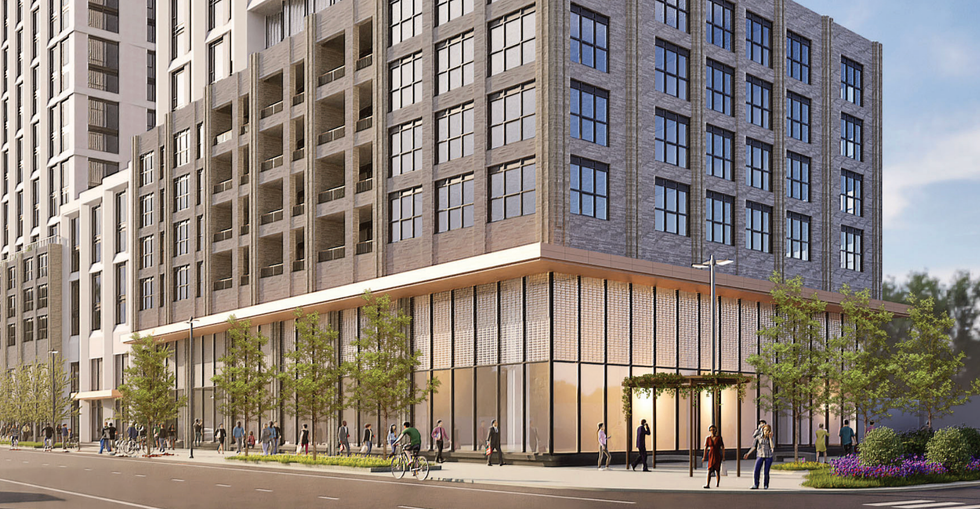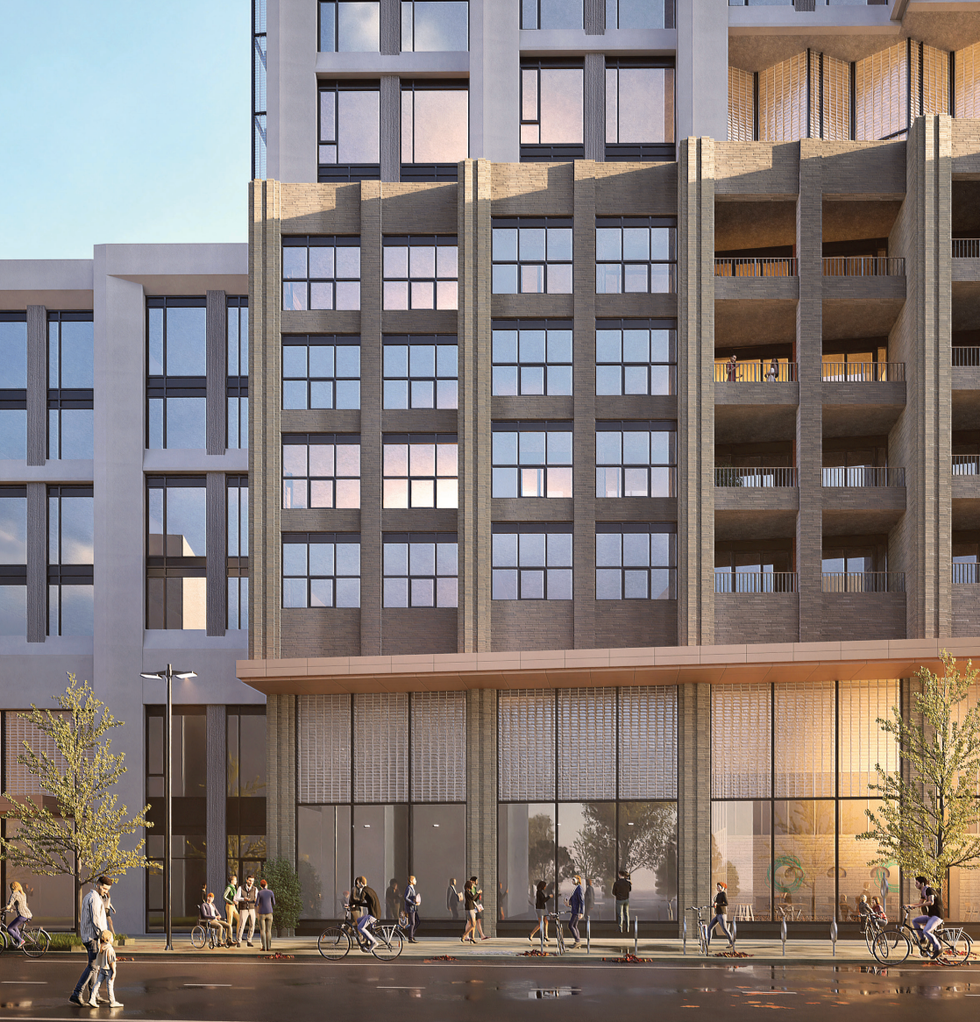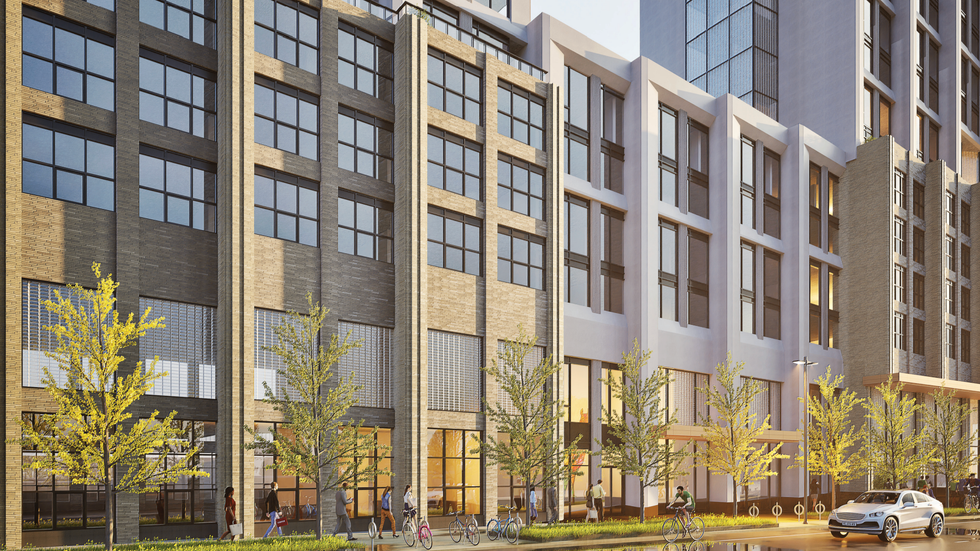Back-End Ratio
Learn about the back-end ratio in Canadian mortgage lending — what it measures, why it matters, and its impact on loan eligibility.

August 01, 2025
What is a Back-End Ratio?
The back-end ratio, or debt-to-income ratio, measures the percentage of a borrower’s gross monthly income spent on total monthly debt obligations, including housing expenses.
Why Back-End Ratio Matters in Real Estate
In Canadian mortgage lending, the back-end ratio is an essential measure of a borrower's overall financial health.
Details:
- Includes all debts: housing, car loans, credit cards, etc.
- Expressed as a percentage of gross income
- Lenders set maximum ratios for mortgage qualification
Understanding this ratio helps borrowers assess affordability and improve their financial profile before applying for loans.
Example of Back-End Ratio in Action
The applicant’s back-end ratio was 41%, exceeding the lender’s qualifying threshold.
Key Takeaways
- Indicates total debt burden relative to income
- Used in mortgage qualification decisions
- Includes housing and non-housing debts
- Lower ratios improve borrowing capacity
- Helps assess financial stability
Related Terms
- Gross Debt Service Ratio (GDS)
- Debt Service Ratios
- Mortgage Qualification
- Refinance
- Mortgage Pre-Approval









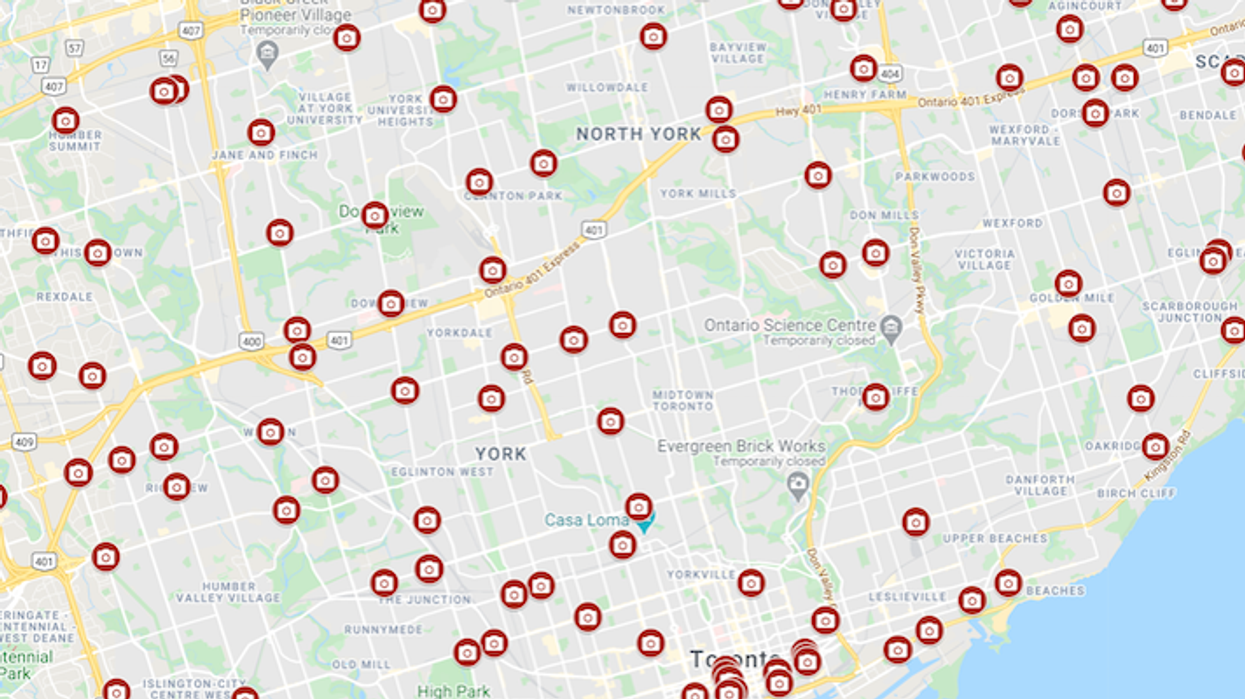
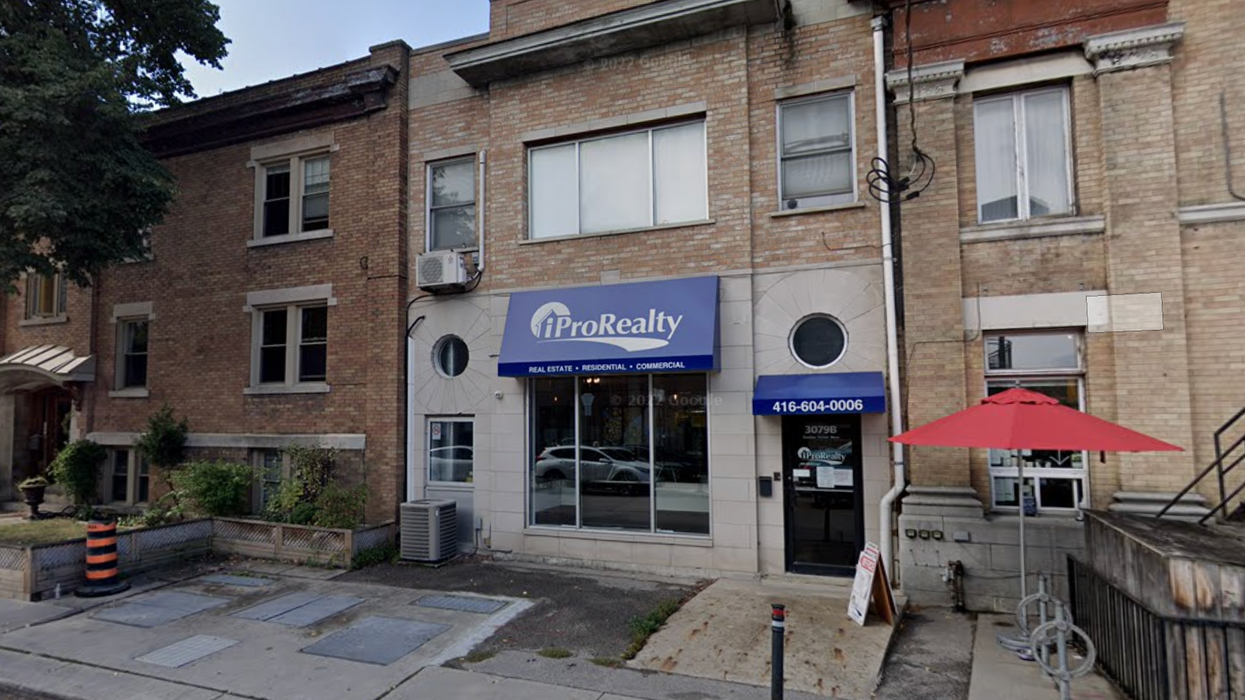



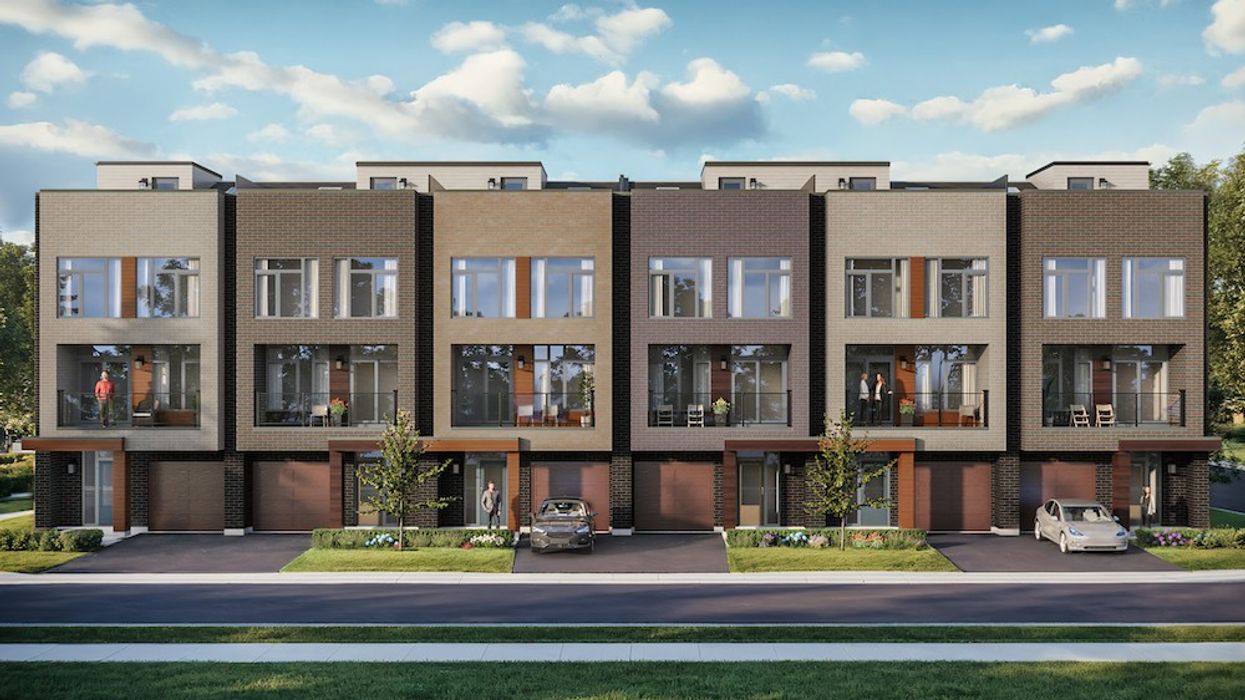
 Camcos Living
Camcos Living Shutterstock
Shutterstock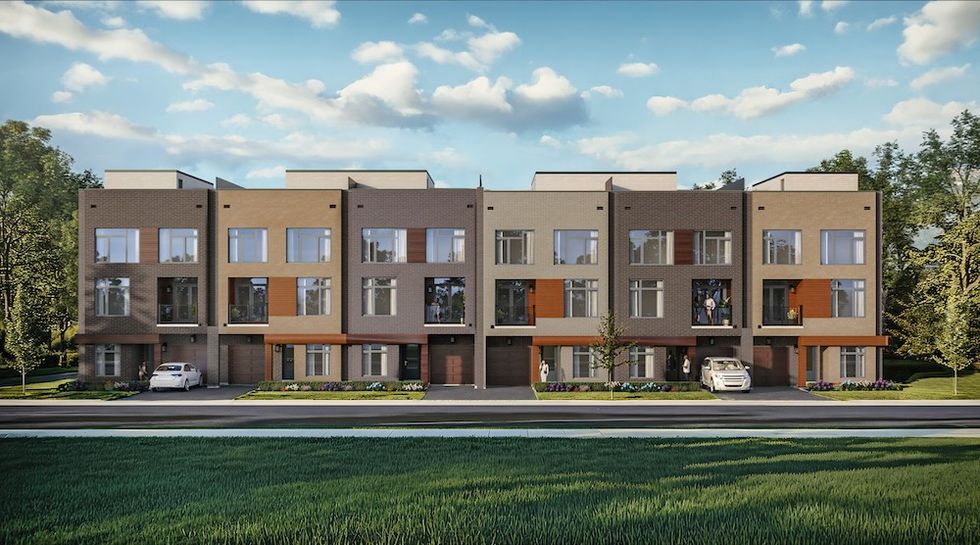 Little Rouge Block G/Camcos
Little Rouge Block G/Camcos Camcos Living
Camcos Living Camcos Living
Camcos Living Camcos
Camcos



